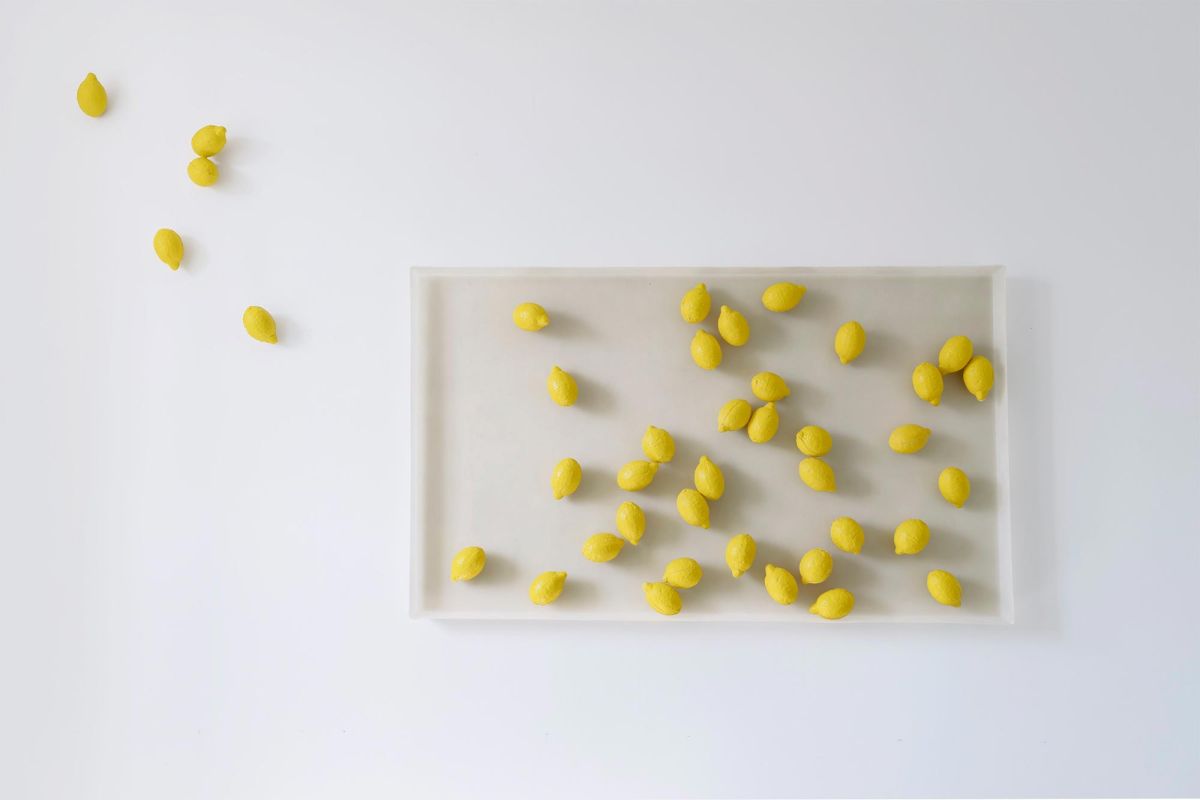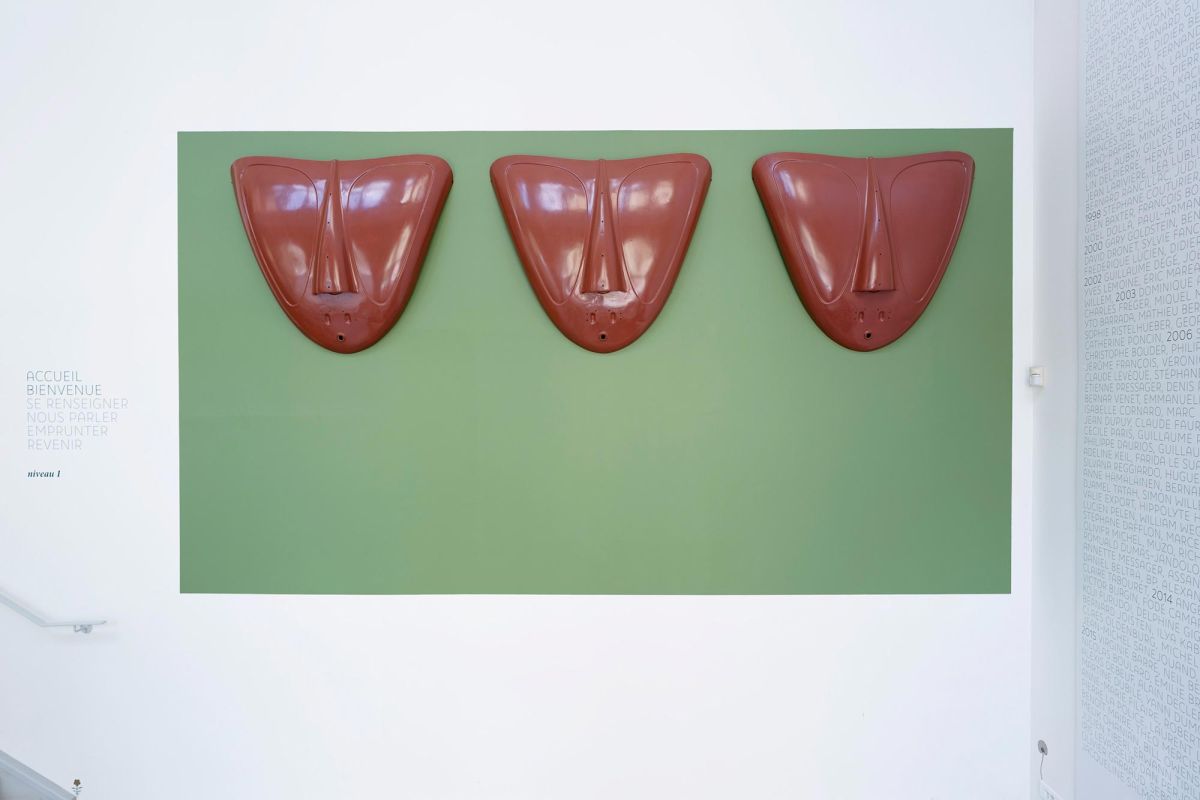We might say of Etienne Bossut’s work that its obvious place is the object, whereas I believe that the real place of his work is the cast, the procedure of casting. This latter, the cast, as it happens, is to be seen in time as a means of sculpture but also as a concept, henceforth reformulated, re-established by Etienne Bossut’s very praxis. We might describe the cast as a taking shape, in the sense that we talk about taking a photograph. This taking shape is to be conceived from the viewpoint of the surface, which shows a fairly distinct contiguity with the question of photography, and would merit more precise examination. This taking shape, with regard to the surface, is the cast as production of image, […]
We might say of Etienne Bossut’s work that its obvious place is the object, whereas I believe that the real place of his work is the cast, the procedure of casting. This latter, the cast, as it happens, is to be seen in time as a means of sculpture but also as a concept, henceforth reformulated, re-established by Etienne Bossut’s very praxis. We might describe the cast as a taking shape, in the sense that we talk about taking a photograph. This taking shape is to be conceived from the viewpoint of the surface, which shows a fairly distinct contiguity with the question of photography, and would merit more precise examination. This taking shape, with regard to the surface, is the cast as production of image, and, more precisely, in the manner and form of sculpture, the production of object image.
Christian Bernard

